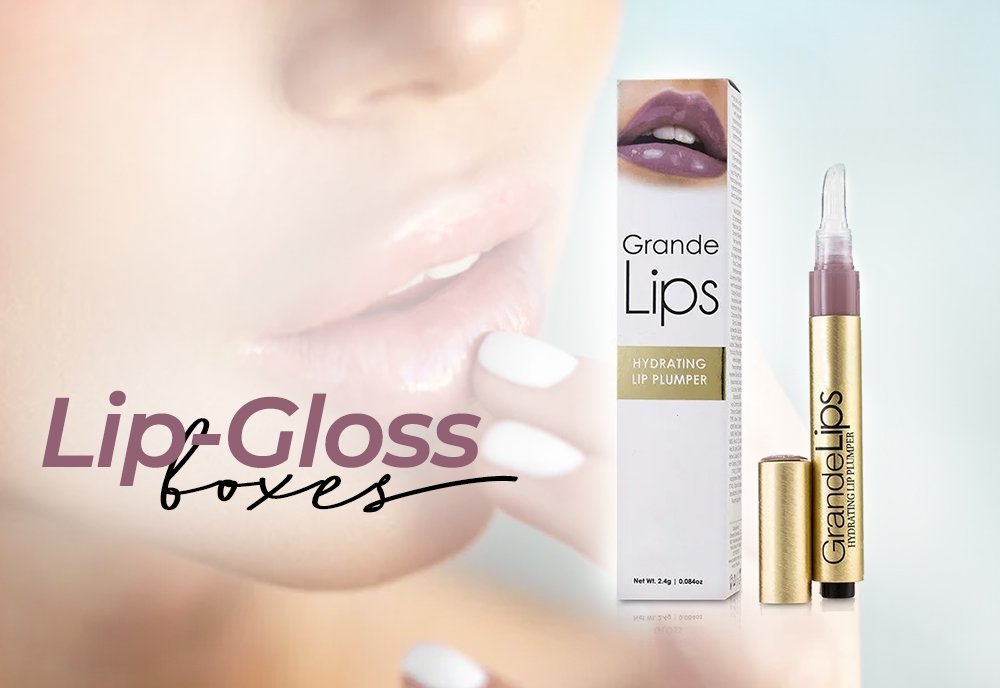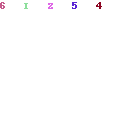To pack a product, custom skin boards need to be made from specially manufactured paper that lets air pass through it. This paper is printed in multiple skin packaging cards and is then heat activated. The items to be packaged are placed on top of these skin cards, and the heated plastic sheet is lowered onto them. The vacuuming process pulls out any excess air and the hot plastic draws around the items to activate the glue. Once the hot plastic is cool, the items are removed and placed in their respective packaging.
Porous paperboard
Porous paperboard can be produced in a variety of ways. Most boards are printed as full sheets to match the size of your machine. These are typically available in standard sizes of 18″x24″, 24″x30″, or 36″x48″, although custom sizes are also available. Most sheets feature multiple items per sheet, with a repeating pattern. This is a great option if you want a custom look.
One advantage of porous paperboard is its ability to print on both sides. Unlike other packaging materials, skin board has microscopic holes that allow air to pass. This makes it perfect for contoured products. Andex Skin-Pac board is a good example of this kind of packaging. This material is also ideal for loose parts and large-sized products. Porous paperboard allows for printing up to six colors, allowing for a higher print quality.
Vacuum packaging film
VSP technology uses a thin plastic film over a thermoformed container or tray, providing a highly transparent layer of protection. It can prevent oxidation and degradation while allowing customers to see the product inside. The benefits of VSP packaging include increased shelf life and the protection of perishable products. To learn more about the benefits of this packaging technology, contact Point Five Packaging. This innovative packaging solution can help your company meet FDA and European Union regulations for food safety.
In order to create this packaging style, you need a vacuum sealer, specialized paperboard, and a skin film. You will need equipment to seal the master sheet. Andex skin board offers a smooth, non-clay surface and excellent film adhesion. Added benefits of skin film include an enhanced graphic appearance and a slight gloss. It can be trimmed to fit the shape of your product.
Carded packaging
Skin boards can be printed in full sheets of a single solid color or blank white. These boards can be printed with a logo card, or any other artwork that is relevant to the product. A custom-tooled die is fitted with sharp steel cutting rules that cut the board to a standard card size. A master sheet can be printed twice to accommodate multiple unit sizes. Each unit can be printed one or two times, and 16 of them can be packaged in one sealing cycle.
Custom skin board packaging is similar to blister packaging, but uses paperboard rather than pre-formed plastic. Instead of pre-formed plastic, skin board packaging uses a clear plastic overlay. This film conforms to the shape of the product and reduces the risk of shoplifting. A professional printing solution can decorate the backer card. Custom skin board packaging is especially suitable for contoured parts, such as cuff links.
Graphic appearance
You can add a custom skin to your forum by following the steps outlined below. First, choose an image host. Using a free image host, you can replace the default graphics with images that you choose. Alternatively, you can upload your own images from a computer. Then, choose a custom skin name and set a color scheme for the forum. Once complete, you can apply the custom skin to your board.
Printing ink
There are many ways to use printing ink for custom skin boards, and you may even want to try one out before you buy one. Inks are regulated under the federal Code of Federal Regulations, Title 21 on food and drugs, with specific regulations for different applications. The Threshold of Regulation rule states that non-carcinogenic substances containing dietary concentrations of less than 0.5 parts per billion (ppb) are not subject to this authorization process.
Most screen-printing inks are made with plastisol ink. This opaque and highly durable ink is ideal for fine-detailed prints. It is composed of viscous polyvinyl chloride and ethylene, which are essentially liquid plastic combined. The main advantages of plastisol inks are their high degree of durability, as well as their low-cure capabilities.













